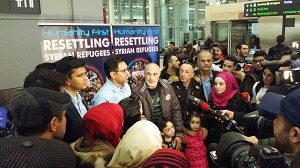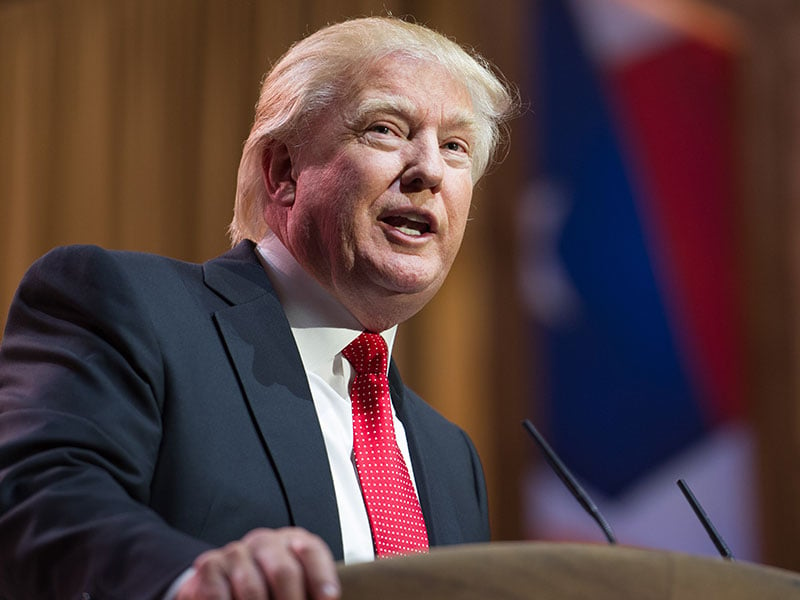
There is a new ceiling set that will cap the number of refugees allowed in the United States at 30,000 people for the 2019 fiscal year. Secretary of State Mike Pompeo said that the lowered ceiling was due to a “massive backlog” of refugee cases that still needed to be addressed. According to Pompeo, the United States has a backlog of over 800,000 refugee and asylum cases that are waiting for a verdict on their request, and an additional 310,000 requests are expected to appear in 2019.
In the United States, both refugees and asylum seekers are expected to be able to demonstrate a well-founded fear of persecution based on their race, religion, nationality, political belief or membership in a social group. This can already be a daunting task, but heightened security measures have made the process even more labor intensive for the officials investigating claims and lengthened waiting times for those seeking to enter the United States.
The decision to lower the cap on refugees has been a controversial one. Some are arguing that the Trump administration has violated its campaign promise to help persecuted Christians in the Middle East by making it more difficult for them to find safety in the United States. “If the concern is to protect Christian refugees, the cut is impacting the people—including Christians—who are well into the process and the pipeline,” said Bill Frelick, the director for refugee rights at Human Rights Watch. “[The cap is] cutting a lot of Christians and other minorities out of resettlement as well.”
Other people, however, are claiming that the lower numbers are necessary to insure that those seeking to enter the United States as refugees are not doing so under false pretenses or for malicious reasons. “Since 2001, hundreds of persons born abroad have been convicted of terrorism-related crimes in the United States,” said the executive order that tightened the vetting process. “They have included not just persons who came here legally on visas but also individuals who first entered the country as refugees.”
Despite increased concerns about terrorism, Amnesty International stated that there was “no excuse” for not allowing a higher number of refugees to enter the United States. Meanwhile, Pompeo argued that America’s first priority should be focusing on the refugees and asylum seekers who were already in the country. Pompeo also stated that the lower ceiling should not be treated as the “sole barometer” of American assistance to refugees.
The lowered ceiling for refugees is likely to remain a controversial subject, and it is sadly one of those issues where there is no clear cut solution that both vets refugees claims successfully while still avoiding leaving people who seek safety out in the cold. One can only hope the answer to this question can be found in the near future.


